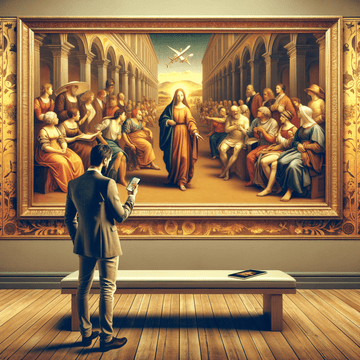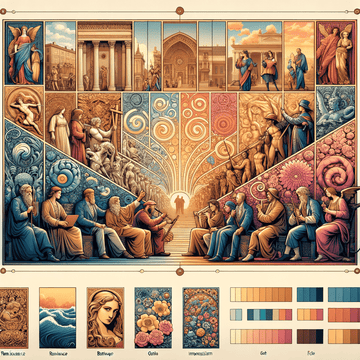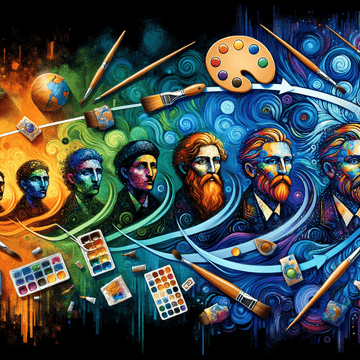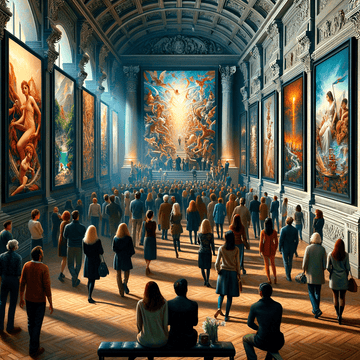"The Evolution of Modern Art: From Impressionism to Abstract Expressionism and Beyond"
May 04, 2024
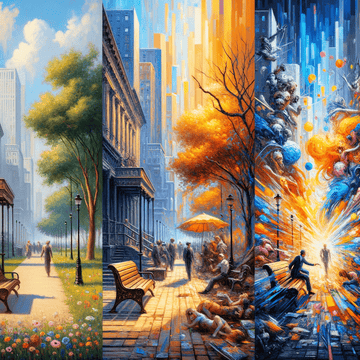
Exploring the Evolution of Modern Art: From Impressionism to Contemporary Abstract Expressionism
The history of modern art is a rich and complex tapestry of styles, schools, and movements. The evolution of art forms from Impressionism to Abstract Expressionism represents a radical shift in how artists perceive and portray the world around them. In the grand narrative of modern art, each successive movement is a reaction to or departure from its predecessor, resulting in a diverse spectrum of artistic expressions.
Impressionism: Breaking Free of Conventions
Impressionism pioneered a new way of seeing in the late 19th century, marking the first major departure from the academic art traditions of the time. Artists like Claude Monet, Pierre-Auguste Renoir, and Edgar Degas sought to capture fleeting impressions of light and color, emphasizing spontaneity over meticulous detail. Their innovative use of loose brushwork and bright, pure colors revolutionized the art world and laid the foundation for subsequent modern art movements.
Modernism: A Radical Departure
Modernism, which emerged in the late 19th and early 20th centuries, marked a radical break from traditional art forms. It reflected a departure from past structures and conventions, a desire to reinvent artistic means and tools. Artists like Pablo Picasso, Henri Matisse, Wassily Kandinsky expressed their ideas in new, innovative forms, pushing beyond the realistic depiction of objects towards abstraction.
Abstract Expressionism: Emotion Come to Life
Abstract Expressionism in the mid-20th century marked the shift of the cultural centre of the art world from Paris to New York. This movement emphasizes free, spontaneous, and personal emotional expression, and it championed strategies of abstraction. Artists like Jackson Pollock, Mark Rothko, and Willem de Kooning employed techniques such as gestural brushwork, dripping and pouring paint, creating non-objective, non-representational artworks filled with energy and emotion.
Interested in exploring more art like what we've discussed today? Our collection offers a diverse range of styles, including Minimalism and beyond. Feel free to dive into our world of artistic wonders by visiting https://metalposterart.com/collections/minimalism. Whether you're looking to admire or to acquire, there's always something captivating waiting for you. We're excited to share our passion for art with you.

